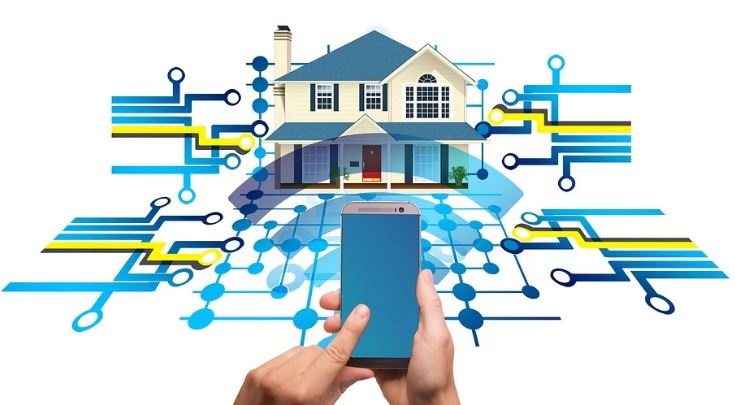There are two schools of thought when it comes to home security and technology. On one hand, many believe advances in smart security technology makes us safer. On the other hand, many believe the opposite to be true, and that traditional locks and bolts are safer than electronic devices.
In many ways and depending on circumstances, both of those schools of thought can be right. Technology in home security opens up new features and ways to protect your home, but also opens up new risks. In this article, we’re going to look at some modern technology in the home security sector, and how you can make sure your smart security system isn’t used against you.
Biometric technology is generally safe but flawed
Biometric technology relates to security that relies on biometric patterns such as fingerprints, voice and facial recognition, and retinal scanning. This technology is already being widely used in smartphones, but not without caveats. When facial recognition was being introduced as an unlock mechanism for smartphones, many quickly discovered that the software could be tricked with photographs.
Fingerprint scanners have also been shown to be tricked by dental mold and play-dough, but this is certainly a bit more involved than holding up someone’s photo to a facial scanner.
However, many of those old flaws have been addressed by the leading brands in biometric technology for smartphones. Apple’s FaceID technology for example contains a ‘liveness detection’ feature, which uses subtle detection methods to try and make sure it’s scanning the real, live owner of the device. Researchers were able to break it with a pair of glasses.
With all that said, how likely is it burglars will attempt to hack the facial scanner at your front door? It’s overall a pretty small chance, but it’s still a consideration when setting up home security, and certainly something you’d want to consult with professional security installers about.
Even though we’ve just given examples of fingerprint and facial scanning technology being fooled by “hacks”, it’s important to note the steps involved. Somebody would have to actually make a nearly perfect replica of your fingerprint, or a molded cast of your face, to begin trying to trick the systems.
Cybersecurity experts are terrified of smart locks
Smart door locks are growing in popularity as people are generally fed up with trying to find their keys all the time. Most smart locks rely on WiFi or Bluetooth connectivity, and you can control them via your smartphone or web-enabled apps from a computer.
Mixing WiFi and door locks seems like a recipe for disaster, in all honesty. A common joke on social media amongst the tech crowd is that “people who work in IT are terrified of owning smart devices in their home”.
It’s not just IT specialists who are mistrustful of smart home technology though, as a 2019 survey showed that 53% of respondents said they didn’t trust their IoT devices to protect their privacy.
Many experts in cybersecurity point out the numerous flaws with smart lock technology, and how systems can easily be hacked due to improper router configurations and other network weaknesses.
Another concern of smart locks is being locked out of your home during a power failure, which incidentally happened in a New York apartment building. The landlord had installed smart locks in the building and several elderly residents who did not own smartphones were locked out of their apartments, leading 5 tenants to sue the landlord and win.
Smart cameras are a good idea, depending on location
Security cameras are always a good protection measure for a home, as a study of 422 burglars showed that security cameras were the most effective deterrent to criminals. With smart security cameras, you don’t need to connect them to a TV, and you can easily view the camera feeds on your smartphone or web browser. Indoor camera from Cove is a great solution as it offers high-resolution video, it’s motion activated and you can watch it live or save for later.
Traditional CCTV cameras also lack some of the most useful features of smart cameras, such as being able to rewind footage to exact moments of motion detection.
However, smart cameras are typically connected to your home router, which means they are part of your home network. If you install smart cameras inside your home, it’s possible that a hacker could watch you inside your own home. In fact, critical security flaws in IP cameras have been demonstrated many times before.
For that reason, smart cameras are best left outdoors, facing entrances to the property. If you want smart cameras inside your home, it’s best to leave them pointed at entry-points such as windows, but without a view of entire rooms where you walk through your home.
Conclusion
Technology in the home security industry is making leaps and bounds, but there are still many reasons to be careful when installing network-connected devices around your home. The technology will improve in a few years, but if you simply can’t wait, it’s a good idea to really familiarize yourself with your home router security and ways to prevent system intruders before installing any smart security devices in your home.




